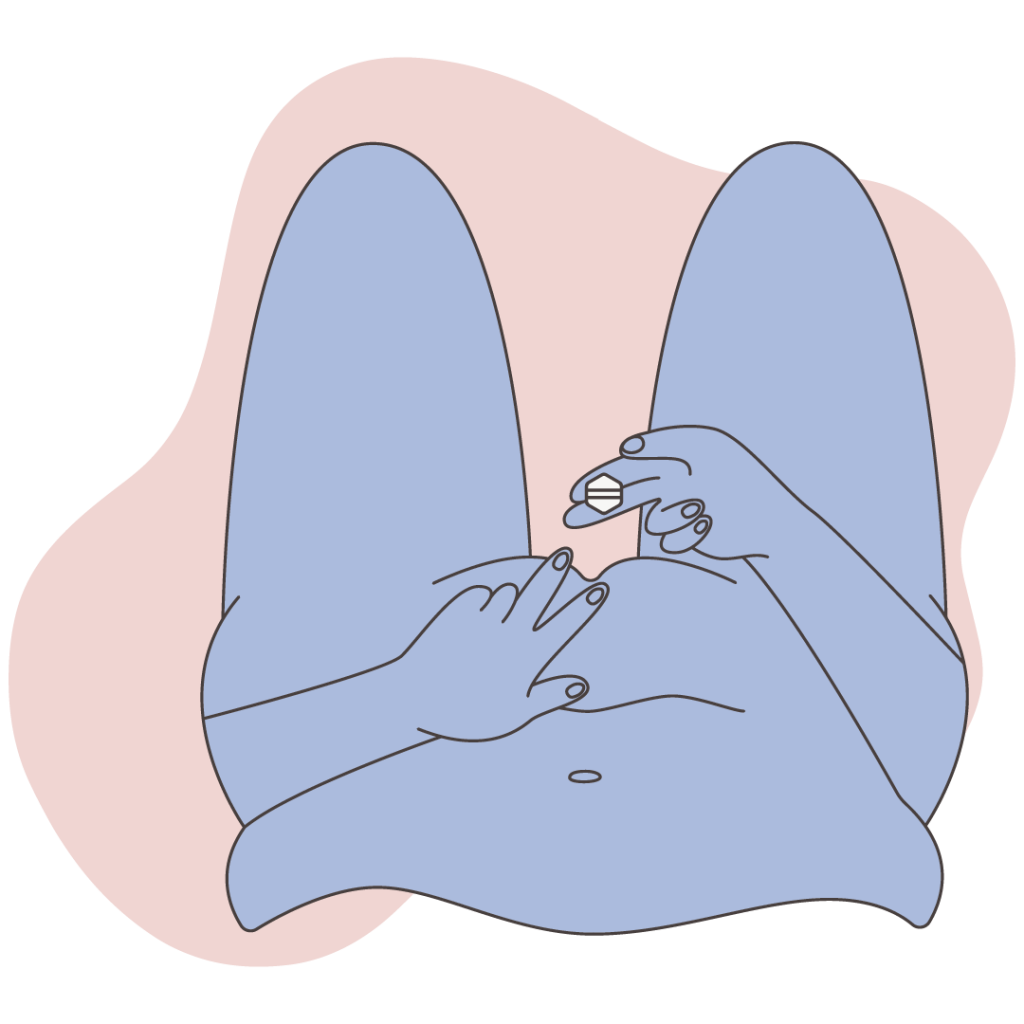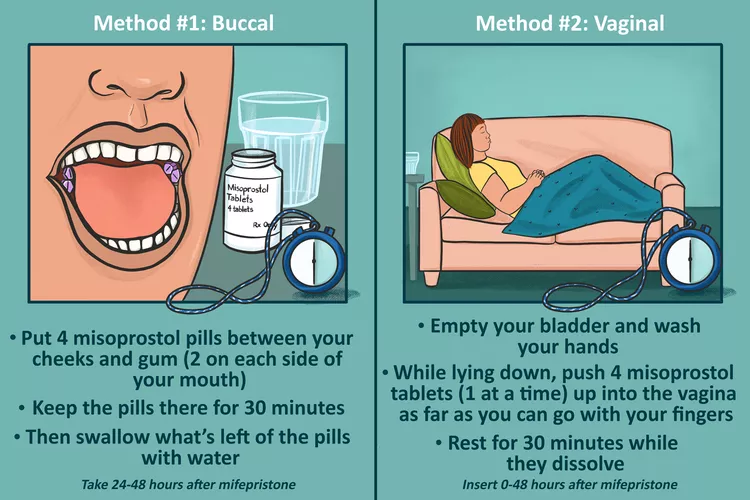Table of Contents
ToggleWhat Is a Medical Abortion?
A medical abortion is a safe, non-surgical method of ending an early pregnancy using prescription medications, typically mifepristone and misoprostol which were approved by the FDA in 2000.
Who Can Have a Medical Abortion?
A woman can have a medical abortion if the pregnancy is within 9–10 weeks, the pregnancy is not ectopic, and she is not allergic to the medications used. The following points outline who can safely access this procedure
Gestational period
If the intended pregnancy to be terminated is less 12 than weeks, then a medical abortion is suitable. The earlier it is done, the safer and less complicated it is.
Health conditions
Certain health conditions, such as bleeding disorders or women using specific medications, may affect whether medical abortion is safe for you.
Health conditions
Certain health conditions, such as bleeding disorders or specific medications, may affect whether medical abortion is safe for you.
Health conditions
A medical abortion may not be suitable for women who have an intrauterine device (IUD) that cannot be removed.
How Does Medical Abortion Work?
A medical abortion or medication abortion involves taking the 2 different medications Mifepristone and Misoprostol, 24-hours apart.
Step 1: Taking Mifepristone
A medical abortion begins with taking the first pill, mifepristone which blocks the pregnancy hormone progesterone. This pill is usually placed your cheeks and gums and as it dissolves you swallow.
Note:- Most women do not feel any side effects from this pill but if you feeling nauseous with the pregnancy, you can take one ondansetron (anti-nausea) pill before using the mifepristone.

Mifepristone blocks progesterone a hormone that is needed for a pregnancy to continue. Without progesterone, the lining of the uterus breaks down.
- Timing: It can be administered at the doctor’s office or even at home.
Step 2: Taking Misoprostol
The misoprostol tablets, are more effective when used vaginally because they help to soften the cervix hence causing some cramping similar to strong period pains.
Note:- It’s normal to experience cramping and bleeding within a few hours after taking misoprostol. You can take a pain relief tablet such as ibuprofen before or after using the pills to help manage discomfort.

Misoprostol, is usually taken 24–48 hours later. This medicine causes the uterus to contract and expel the pregnancy, similar to a heavy period.
- Administration: It can be by dissolving the tablets in your mouth, placing them in your cheek, or inserting them into your vagina.
Approved Methods for Taking Abortion Pills

A medical abortion can be safely managed at home under the guidance of trained medical personnel who provide instructions and support throughout the process
📌 Learn More in Our :- Medical Abortion Guide ↗
What's Involved in Getting a Medical Abortion?
A doctor or nurse guides and checks you during a medical abortion, but you actually take the medicine and complete the process yourself, usually at home.
The process usually involves three key steps:-
- Consultation: It can be by dissolving the tablets in your mouth, placing them in your cheek, or inserting them into your vagina.
- Medication – You’ll take the first pill, mifepristone, followed 24–48 hours later by misoprostol, which causes the uterus to empty.
- Follow-up – About a week, you will you’ll have a check-up or message the clinic to confirm the abortion is completed.
📌 See Detailed:- Medical Abortion Steps ↗
When Should You Consider a Medical Abortion?
It’s recommended that you confirm your pregnancy and calculate the weeks of gestation before having an abortion. If you have an IUD in place, it’s important to check that you do not have an ectopic pregnancy. An ectopic pregnancy can also occur without an IUD and can be confirmed with an ultrasound. If you have an IUD in place, removing it before starting the procedure is the best option. A medical abortion can be performed safely at home by yourself under 13 weeks of pregnancy if you follow our safe2choose protocol closely.
Most abortion seekers at 13 weeks of gestation or less are eligible for a medication abortion, which may be preferable for those with certain medical conditions, such as significant uterine fibroids, congenital uterine anomalies, or introital scarring.
Abortion seekers with asthma can have a medication abortion since Misoprostol acts as a weak bronchodilator.
Multiple gestations, including twin pregnancies, are not a contraindication and can be treated with the same regimen as single pregnancies. However, a medication abortion is not recommended for those with a confirmed or suspected ectopic pregnancy, an intrauterine device in place, chronic adrenal failure, known coagulopathy, inherited porphyria, intolerance to Mmifepristone or Misoprostol, or those using current long-term systemic corticosteroid therapy or anticoagulant therapy.
Abortion seekers with significant comorbidities may still undergo a medication abortion but require additional monitoring. The safety of a medication abortion for abortion seekers with anemia is uncertain due to the exclusion of anemic abortion seekers from studies (5). If you’re unsure about what abortion methods are available and need support, contact our safe abortion counselors for guidance or visit our FAQ page for more information.
Share with friends!
8 Common Questions About Medical Abortion Answered
Does
Most
Why
Abortion
Can
Yes, b
How
Delivery
References
- WHO – Abortion care guidelines ↗
- Pub Med – Costs of Abortion In South Africa ↗


